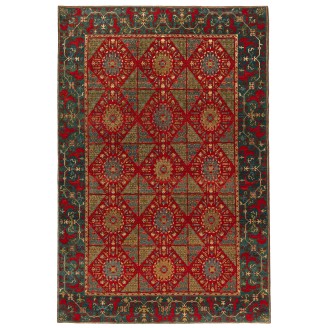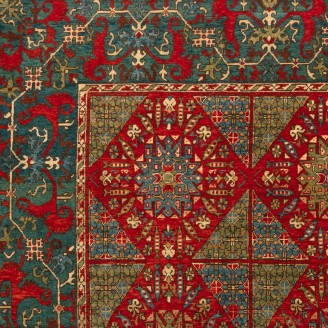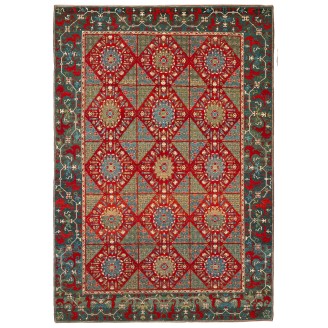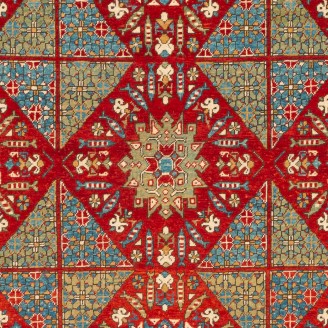Chessboard Carpet
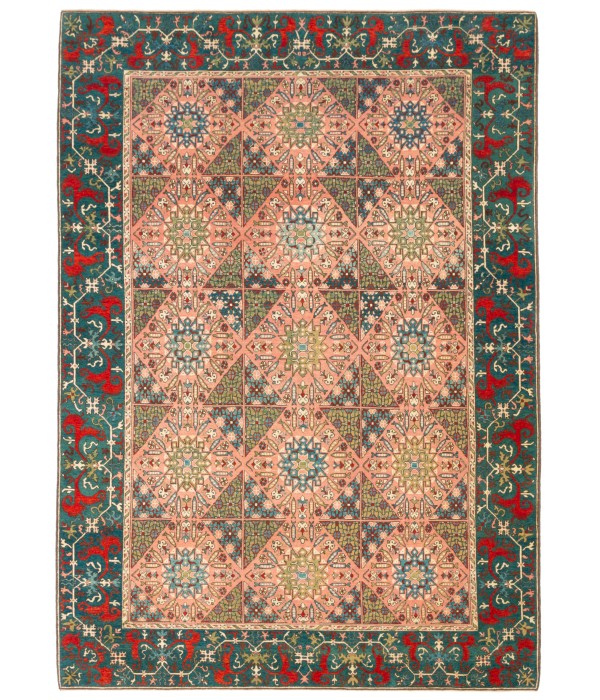
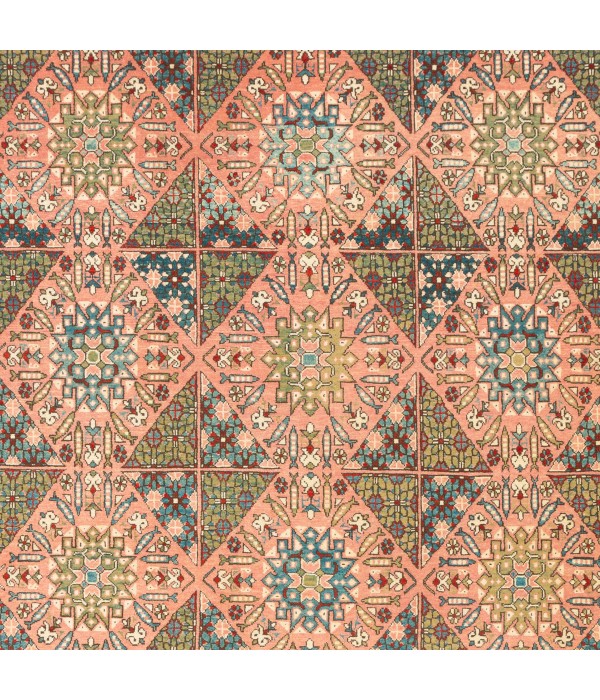
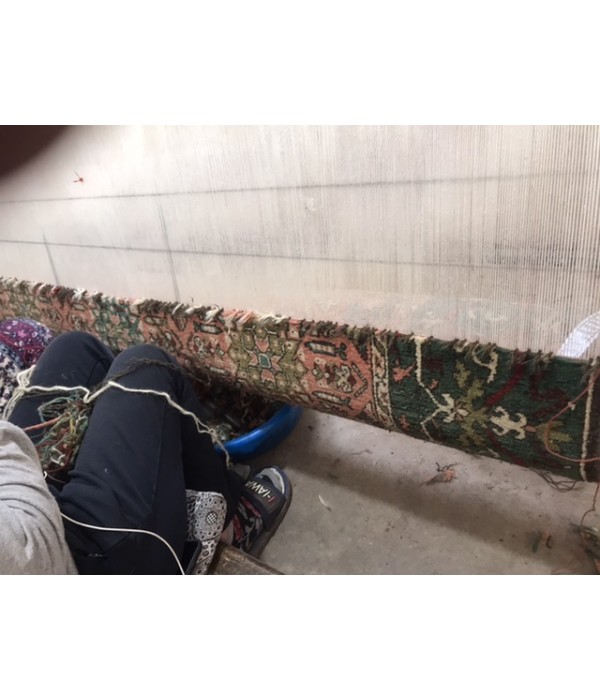
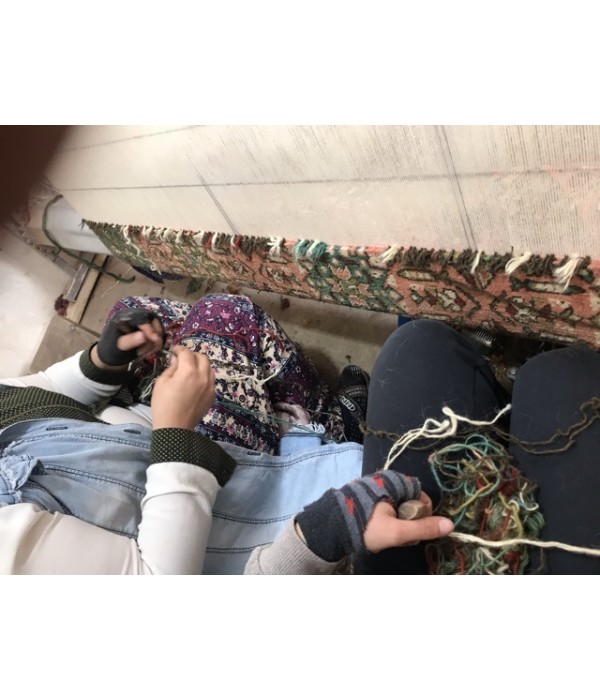
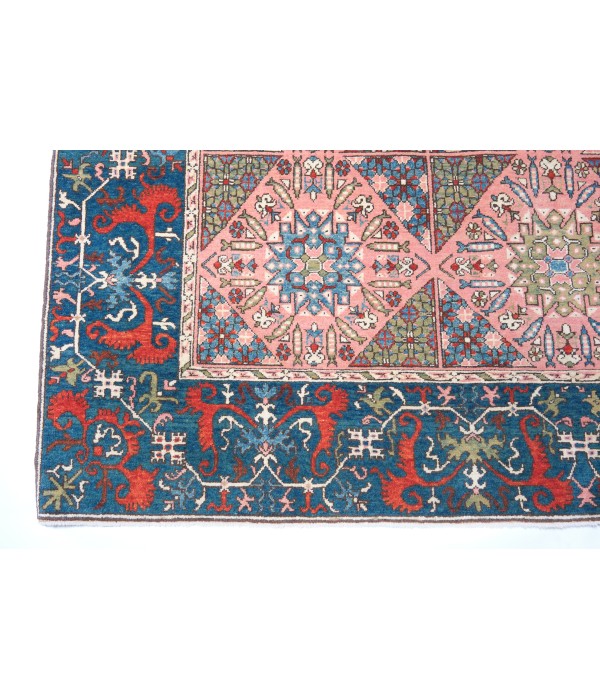
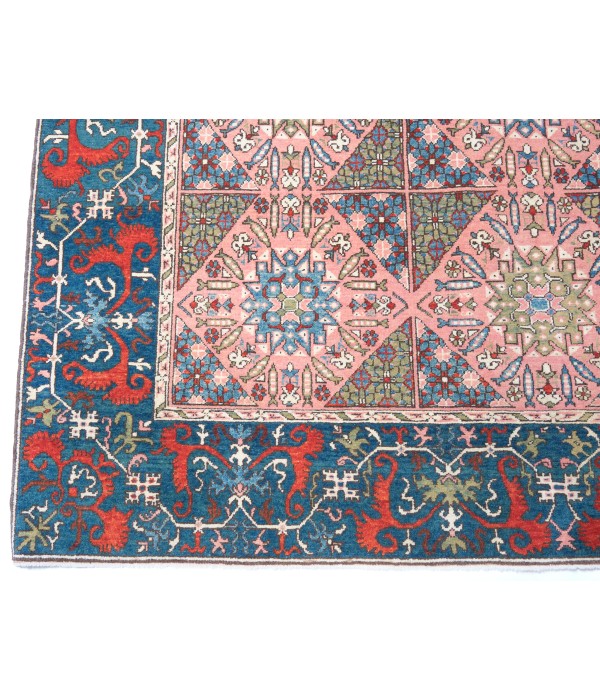
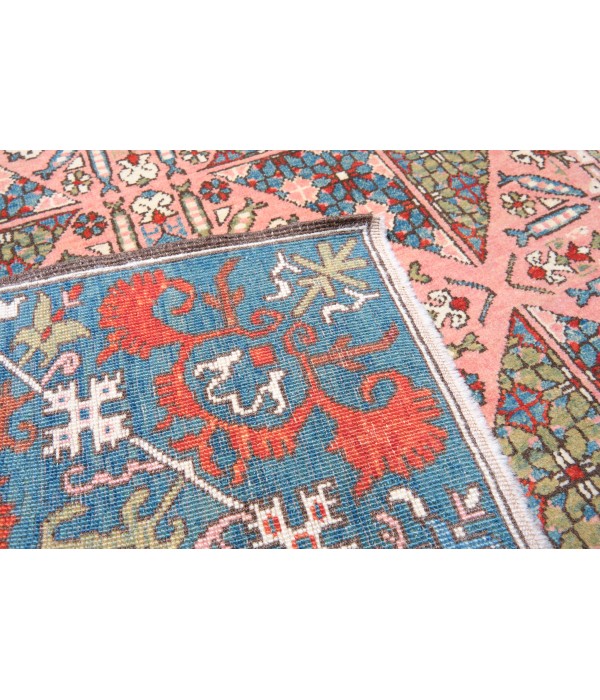
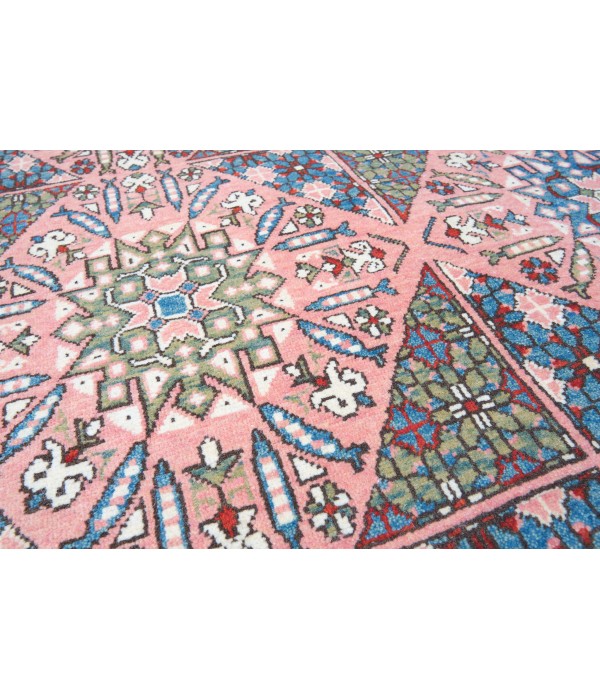
Out Of Stock
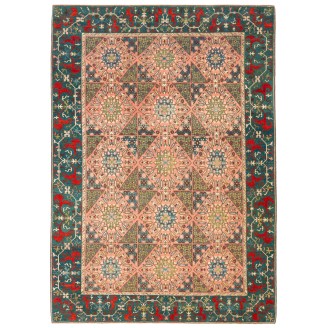
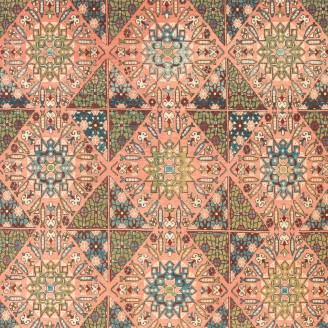

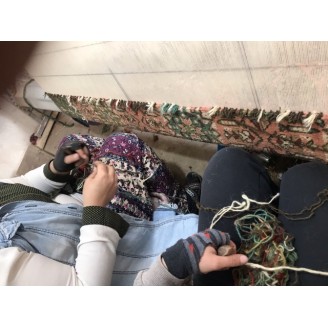
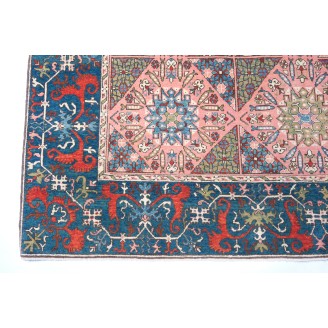
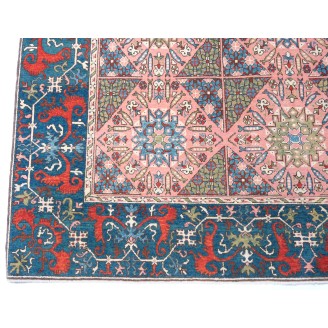
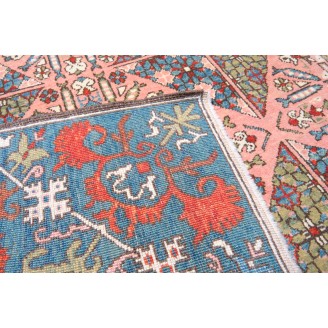
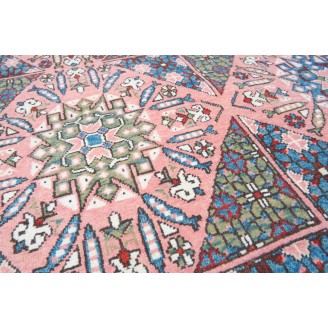
Model: ART00360Chessboard Carpet
Group: Islamic Rugs Family
Area: Mamluk
Material of Pile: Natural Dyed Hand-spun Wool
Material Warp / Weft: Wool on Wool
Structure: Symmetrical knot on depressed warp inclining to the right
Knots Density: 39x39
Pile (mm): 4
Production Place: Southeastern Anatolia – Diyarbakir - Lice
Weight: 15.70kg
Location: Tokyo
Stock: Out Of Stock
Dimensions:
The source of carpet comes from the book Islamic Carpets, Joseph V. McMullan, Near Eastern Art Research Center Inc., New York 1965 nr.28. The field of the so-called "Chessboard" Carpet ( so-called Checkerboard Rug ) is usually applied on a vermillion ground and divided into rectangular compartments, each containing an eight-pointed star composed of an endless knot of interlaced bands. The stars are encircled by small abstract radiating trefoil ornaments resembling fleur-de-lys, cypresses, and rosettes. On the large border that frames the central compartments of this design, poly-lobed lozengelike medallions alternate with cartouches.In addition to the carpets of the early Mamluk period with a highly complex pattern (ART0035) a much simpler group appears in Egypt at the end of the 16th century. The design of these carpets differs greatly from those of the earlier type. In this carpet, the field is divided into fifteen oblongs which in turn are filled with octagons in the center of each of which appears a slightly oval star medallion, surrounded by floral sprays and small rosettes. The other similar example is exhibited at The Metropolitan Museum of Art (MET Museum). Soft colors are chosen by our designers for this carpet.
Color summary: 8 colors in total, most used 4 colors are;
Color summary: 8 colors in total, most used 4 colors are;
- Bistre Brown 411 (Pomegranate - Madder Root)
- Pine Tree 420 (Henna - Indigo)
- Natural Wool Color 320 (Natural Sheep's Color)
Dimensions:
6 ft 3 in x 8 ft 10 in ( 192cm x 271cm )
Price:
$13,800
Ex Tax: $13,800
Ask a Question About This Product
Tags:
Chessboard

